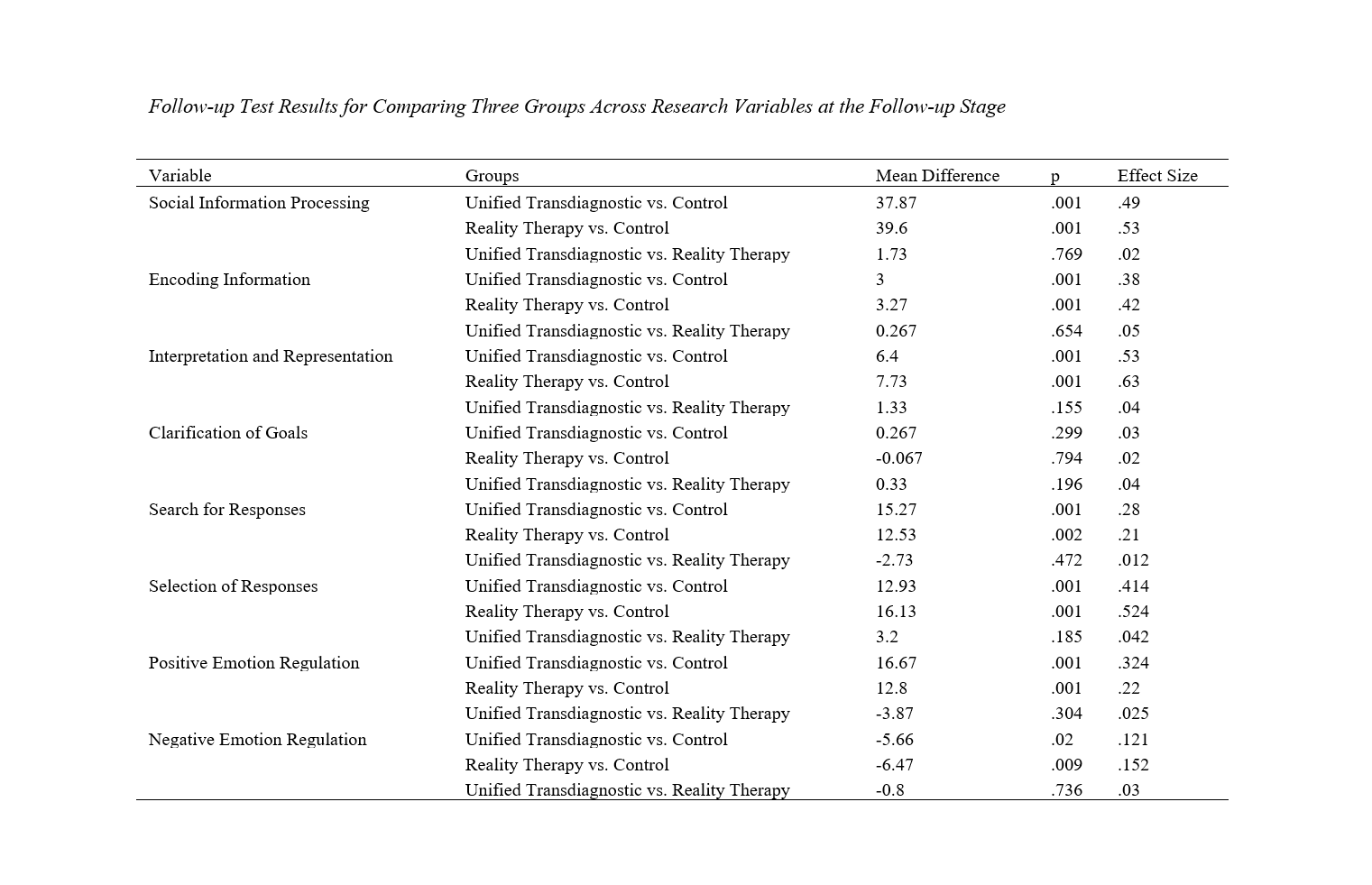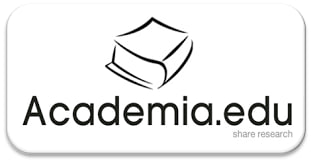Comparison of the Effectiveness of Unified Transdiagnostic Therapy and Reality Therapy on Social Information Processing and Emotion Regulation in Students with Disruptive Mood Dysregulation Disorder
Keywords:
Unified Transdiagnostic Therapy, Reality Therapy, Social Information Processing, Emotion Regulation, Disruptive Mood Dysregulation DisorderAbstract
Objective: Disruptive mood dysregulation disorder (DMDD), classified under depressive disorders, leads to functional impairments across various domains and a reduction in mental health during adulthood. The current study aimed to compare the effectiveness of unified transdiagnostic therapy and reality therapy on social information processing and emotion regulation among students with disruptive mood dysregulation disorder.
Methods and Materials: The research employed a quasi-experimental design with pre-test, post-test, and follow-up assessments, including a control group. The sample consisted of all 8 to 11-year-old boys diagnosed with DMDD in Isfahan, along with their mothers, who visited the Superior Counseling Center and the Child and Adolescent Home affiliated with the Isfahan Municipal Cultural, Social, and Sports Organization in Spring 2022. Forty-five participants were selected through purposive sampling and then randomly assigned into three groups of fifteen (two experimental and one control group). Research Tools: The research instruments included the Disruptive Mood Dysregulation Diagnostic Scale – Parent Form (DMDDS) (Shahmohammadi et al., 2021), Social Stories (Turkospa & Bryan, 1994), and the Cognitive Emotion Regulation Questionnaire (Garnefski, 2007). The experimental groups received separate interventions (unified transdiagnostic therapy and reality therapy), each consisting of ten 60-minute sessions for the students and thirty-minute sessions for the parents, while the control group received no intervention. Data Analysis: The data were analyzed using SPSS version 23 and repeated measures analysis of variance.
Findings: The results indicated that both unified transdiagnostic therapy and reality therapy significantly improved social information processing and both positive and negative emotion regulation in students with DMDD at post-test (p < .01), and these effects were maintained at follow-up (p < .001). No significant difference was found between the two therapeutic methods in this regard. Only the goal clarification aspect of unified transdiagnostic therapy was effective at post-test, showing greater efficacy than reality therapy, though the effectiveness of both therapies was not significant at follow-up.
Conclusion: Given the effectiveness of unified transdiagnostic therapy and reality therapy on social information processing and emotion regulation in students with disruptive mood dysregulation disorder, both therapies can be utilized in clinics and specialized counseling centers to improve outcomes for students with this disorder.
Downloads

Downloads
Additional Files
Published
Issue
Section
License
Copyright (c) 2024 Sayehnaz Saniei Abadeh (Author); Ilnaz Sajjadian (Corresponding Author); Mansoureh Bahramipour Esfahani (Author)

This work is licensed under a Creative Commons Attribution-NonCommercial 4.0 International License.








